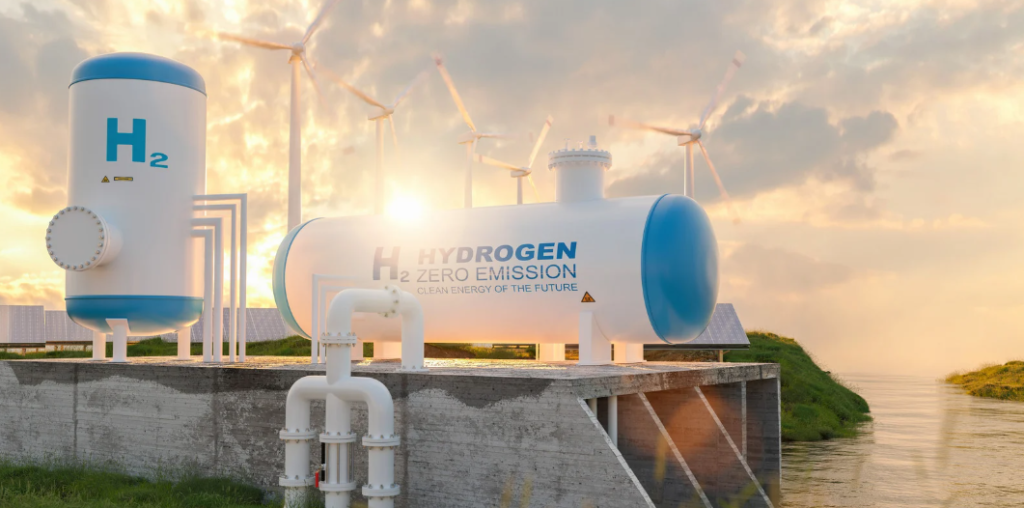New Delhi, 31/12/2025: Green hydrogen, once heralded as a cornerstone solution for achieving net-zero emissions, has encountered significant obstacles in 2024. Several ambitious projects aimed at producing this clean fuel have been postponed or outright shelved due to unexpectedly high production costs, challenging earlier optimism about the sector’s rapid growth.
Governments and major energy corporations around the world have long promoted green hydrogen as a versatile and environmentally friendly alternative for industries ranging from steel manufacturing and shipping to residential heating. Yet, despite the promise, the steep cost of production has deterred developers and investors alike, resulting in the abandonment of numerous high-profile projects. The industry is now grappling with the challenge of securing the substantial financial commitments required to make a meaningful dent in global carbon emissions.
“There’s been a reality check in terms of the costs that hydrogen projects entail,” said Gniewomir Flis, an independent hydrogen analyst. “The industry has over-promised and under-delivered. It’s only natural that there is a swing back and a cooling of some of the excesses that were promised.”
Green hydrogen is produced by using renewable electricity to split water molecules through a process called electrolysis. While experts have often lauded it as the “Swiss army knife of energy” due to its versatility—able to decarbonize multiple sectors—it has proven far more costly and technically complex than initially anticipated.
This year, analysts at BloombergNEF revised their cost projections for green hydrogen projects in the United States and European Union, raising estimates by 55% compared to 2023 forecasts. The upward revision is attributed to intricate design and engineering challenges, alongside rising electricity costs, particularly in Europe, where soaring power prices have further inflated production expenses. According to BloombergNEF, producing hydrogen using renewable energy currently costs roughly four times more than generating hydrogen from natural gas. This economic disparity has left many projects without committed buyers, stalling development and investment.
Several prominent projects have been canceled as a result. Mads Nipper, CEO of Ørsted A/S, cited the lack of long-term, viable contracts when scrapping a $175 million Swedish plant intended to produce hydrogen-based shipping fuel. Other notable cancellations include a hydrogen-ammonia export plant in Tasmania and multiple early-stage projects previously planned by UK oil major BP Plc.
Despite these setbacks, industry insiders remain cautiously optimistic. Continued innovation, economies of scale, and technological advancements in electrolysis could eventually lower costs, making green hydrogen a more competitive and feasible solution for decarbonization. While the sector faces a temporary slowdown, the long-term potential of green hydrogen as a key component of a sustainable, low-carbon energy system remains intact, provided the challenges of cost, infrastructure, and market demand can be addressed.


